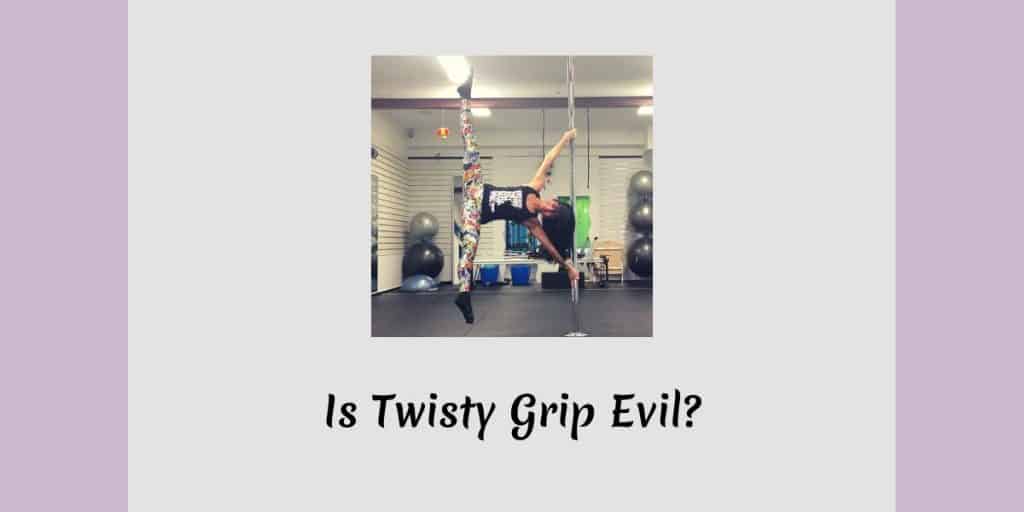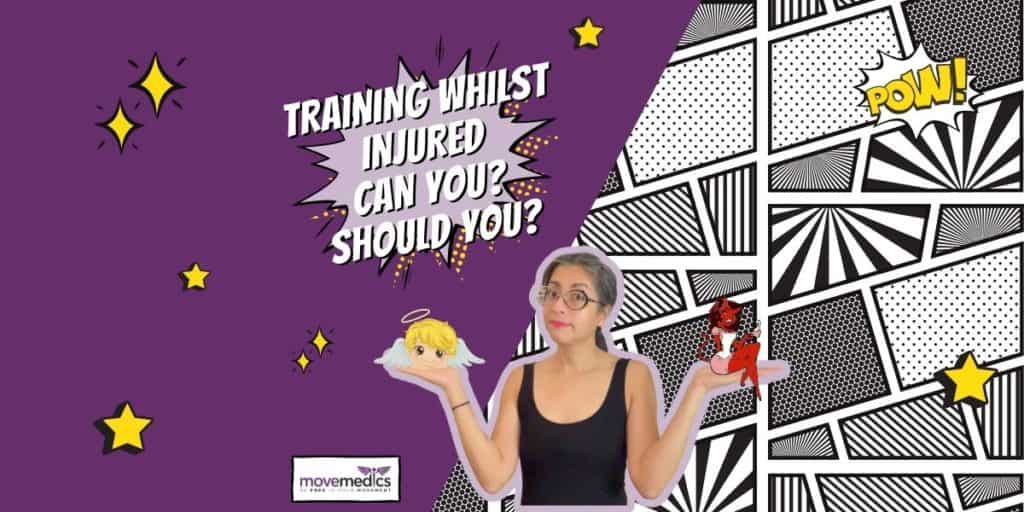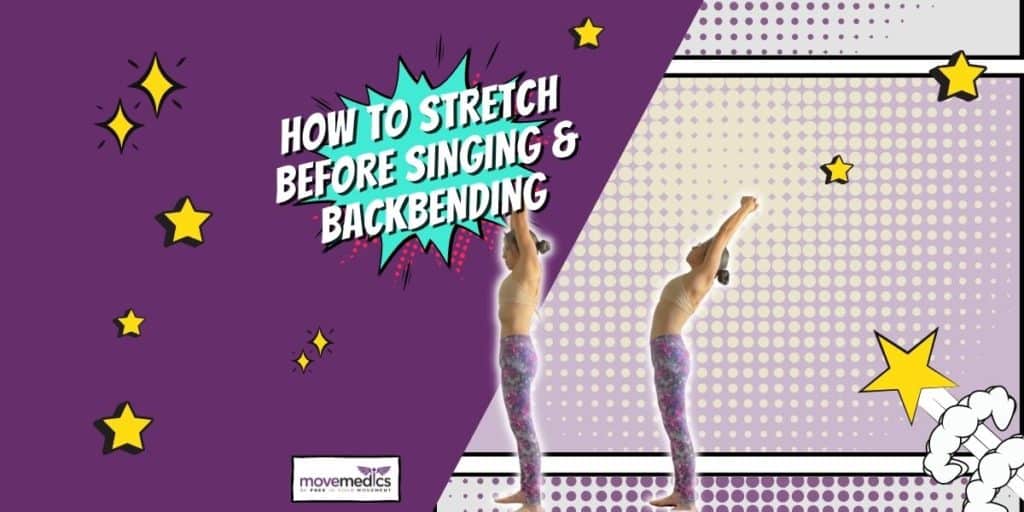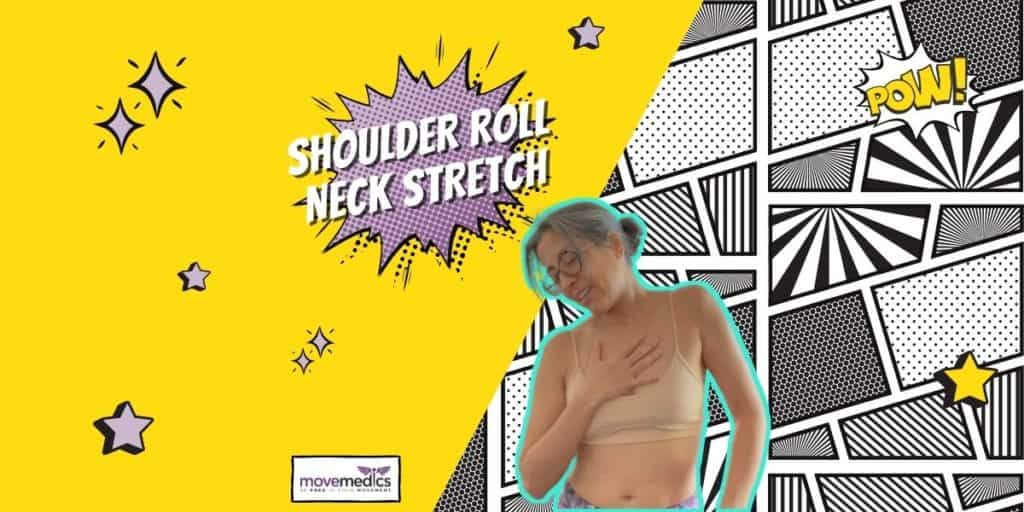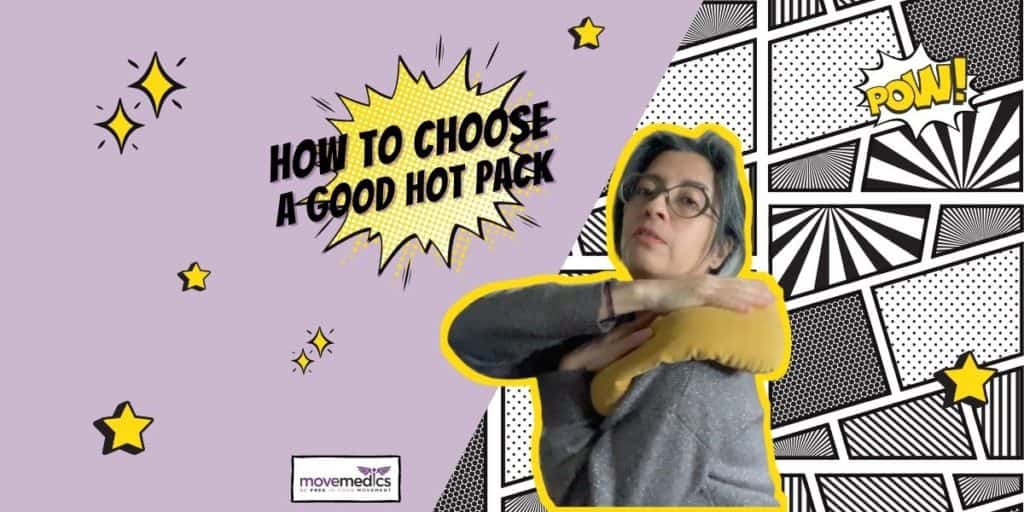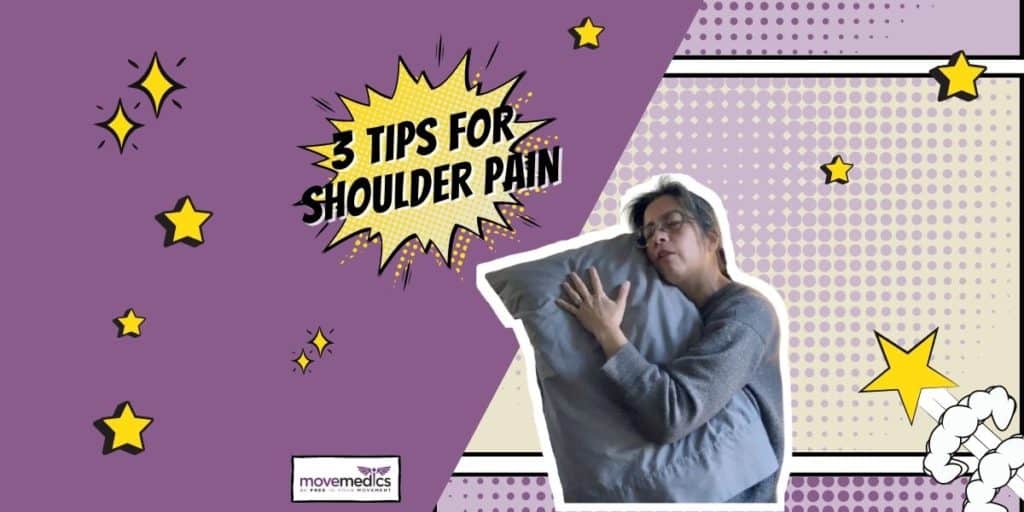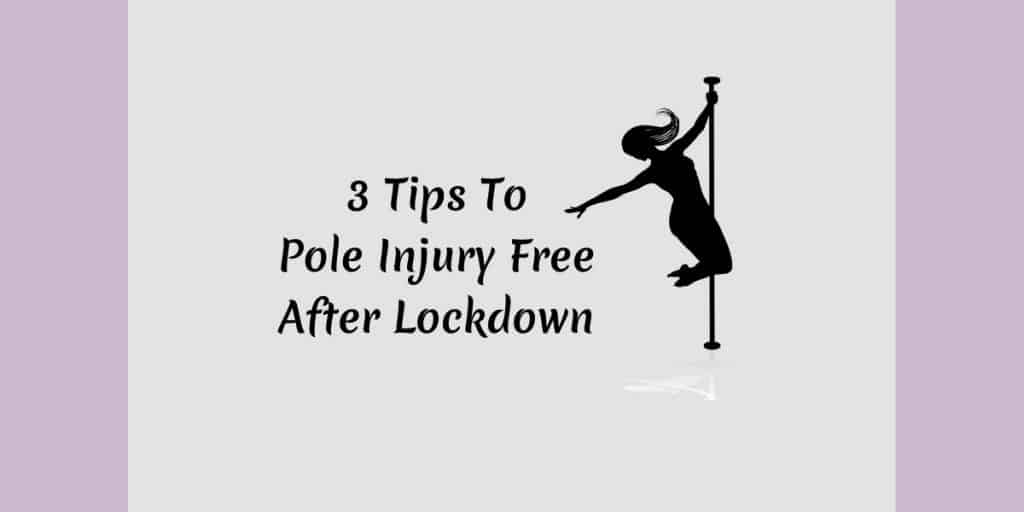A Bad Reputation
Twisty Grip is a very popular and useful grip in pole dancing. The Twisty Grip Handspring is also one of those rite of passage tricks that a lot of pole dancers dream to achieve. However, Twisty Grip has been blamed for causing many a shoulder injury. In fact, Twisty Grip has such a bad reputation that a lot of polers avoid it out of fear and some instructors even refuse to teach it. So is Twisty Grip really evil?
No, Twisty Grip is NOT evil. Yes, you read right, a physio is telling you that Twisty Grip is not evil. Why? Because there is no such thing as bad movement, there are only movements you are not conditioned for. If you don’t have the capacity for a movement, you can most certainly run into issues blindly trying to do the movement.
Understanding Movement Capacity
What does capacity mean then? Movement capacity is what I use to describe the sum of your mobility, strength, coordination, body awareness, spatial awareness, skill, endurance, motor control plus knowledge of the movement. A simple movement will demand less movement capacity and you can probably get away with not having all of these elements. A Hook Spin is a simple movement that does not require high level of movement capacity, which is why it is one of the first tricks you’ll teach your Muggle friends when you managed to convince them to try pole with you. A complex movement will demand high movement capacity and also have less leeway, meaning you really need to have high levels of all these elements to achieve the movement safely.
Twisty Grip is one such complex movement. It is a little deceptive because visually it looks like you are just doing YMCA in the air! Unlike the Eagle, Marchenko, Spatchcock, which are in-your-face complex movements.
An En Pointe Analogy
I think it is helpful to consider Twisty Grip like going en pointe in ballet. It is common knowledge that you don’t just go en pointe in ballet. A young dancer must demonstrate they have the capacity required before they will be allowed to start pointe work, essential elements include mobility, strength, skill, technique and above all, skeletal maturity. I’ve seen a video of a very young dancer (under 10) dancing en pointe, a lot of the comments suggested that because she has great technique that it was OK for her to dance en pointe so young. I wholeheartedly disagree, one of the reasons is because excessive load on growth plates can cause serious injuries and even permanent damage. Whilst as an adult pole dancer you won’t have this issue, my point is that if you force your body to do something it is not ready for, something that’s not in its Safe Zone, you set yourself up for issues.
There are many rabbit holes we can dive into about improving movement capacity but today I want to share with you what I believe is a logical sequence of progression on the journey towards Twisty Grip Handspring and the reasons behind it.
The Logical Progression
When it is time for you to start learning Handspring, you want to first learn Standard Grip, then Cup Grip, and lastly Twisty Grip.
- Standard Grip (Split Grip or Baseball Grip) comes first because it is the most familiar grip of all, you are used to gripping the pole in a similar fashion when you climb, do Tuck Spin, Jamilla, Fireman Spin… etc so it is a friendly place to start.
- Once you’ve got a solid Standard Grip Handspring, the next one to work on is Cup Grip Handspring. I know Cup Grip is scary but it is a slightly less demanding movement as far as your shoulders are concerned, it will also help you develop better body awareness, spatial awareness, and coordination precisely because it pushes you out of your comfort zone.
- By the time you have got a solid Cup Grip Handspring as well you will have upped your movement capacity and it is reasonable to believe that you are ready for the Twisty Grip Handspring.
The Importance of Movement Options
Where movement is concerned, having options is a good and important thing. In fact, I believe flexibility training is really a matter of improving your movement options, but that’s a different post for another time. For Handsprings, you definitely want to have options and should aim to be fluent in all three grips so you can mix it up and not rely on just one of them. Even when you have very high movement capacity, you are not exempted from the ill effects of overuse. And it goes without saying that you train both sides.
So how do you know if you’re ready to start training Handspring? Stay tuned for my next post where I run you through what I believe are the prerequisites to starting Standard Grip Handspring.
’Til next time, Be Free In Your Movement™.
x
Selina
B. Phty
This information is not medical advice. Got health concerns? Consult a real-life health professional.
Views are my own.
*Affiliate links. Your choosing to use these goes towards supporting my content creation. Thank you.

